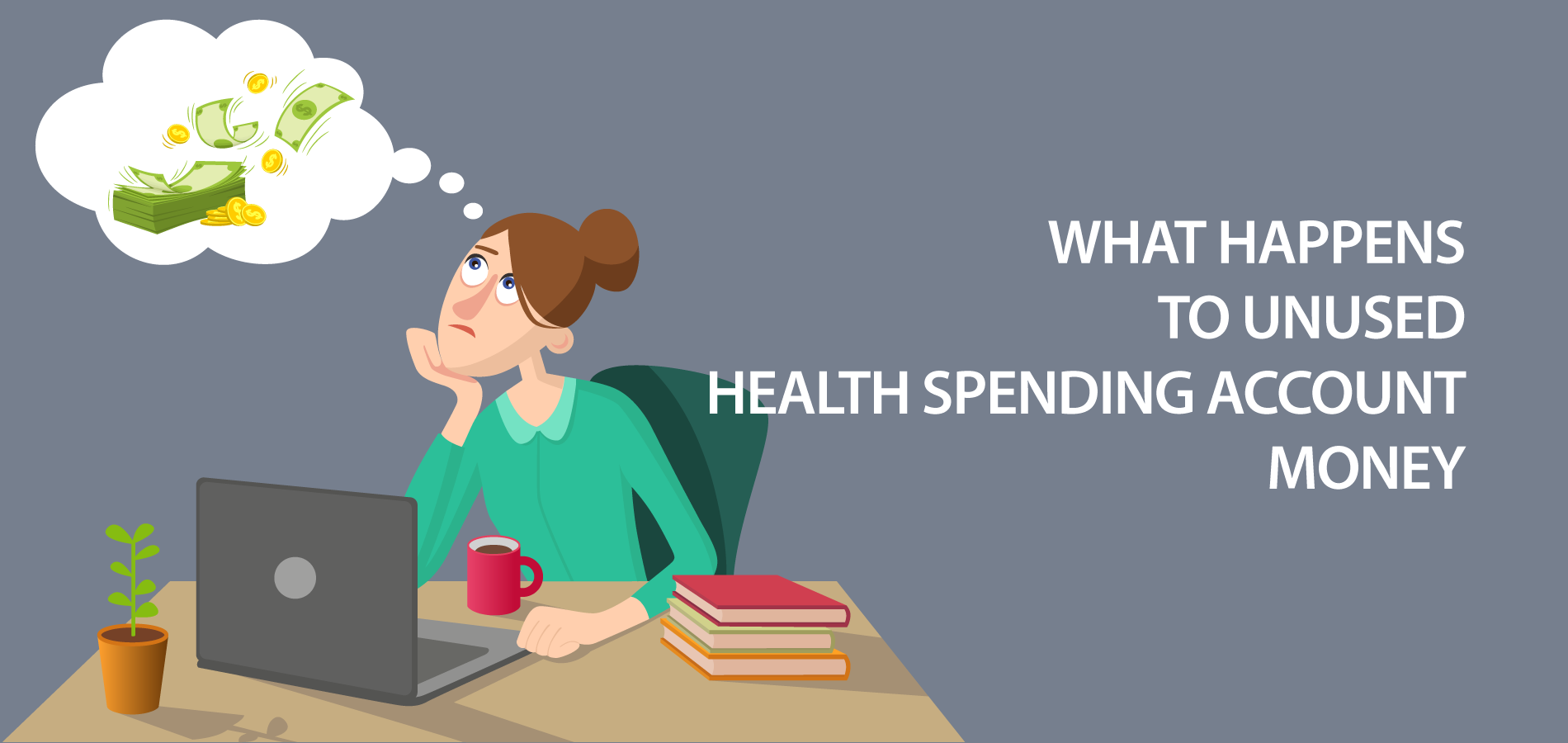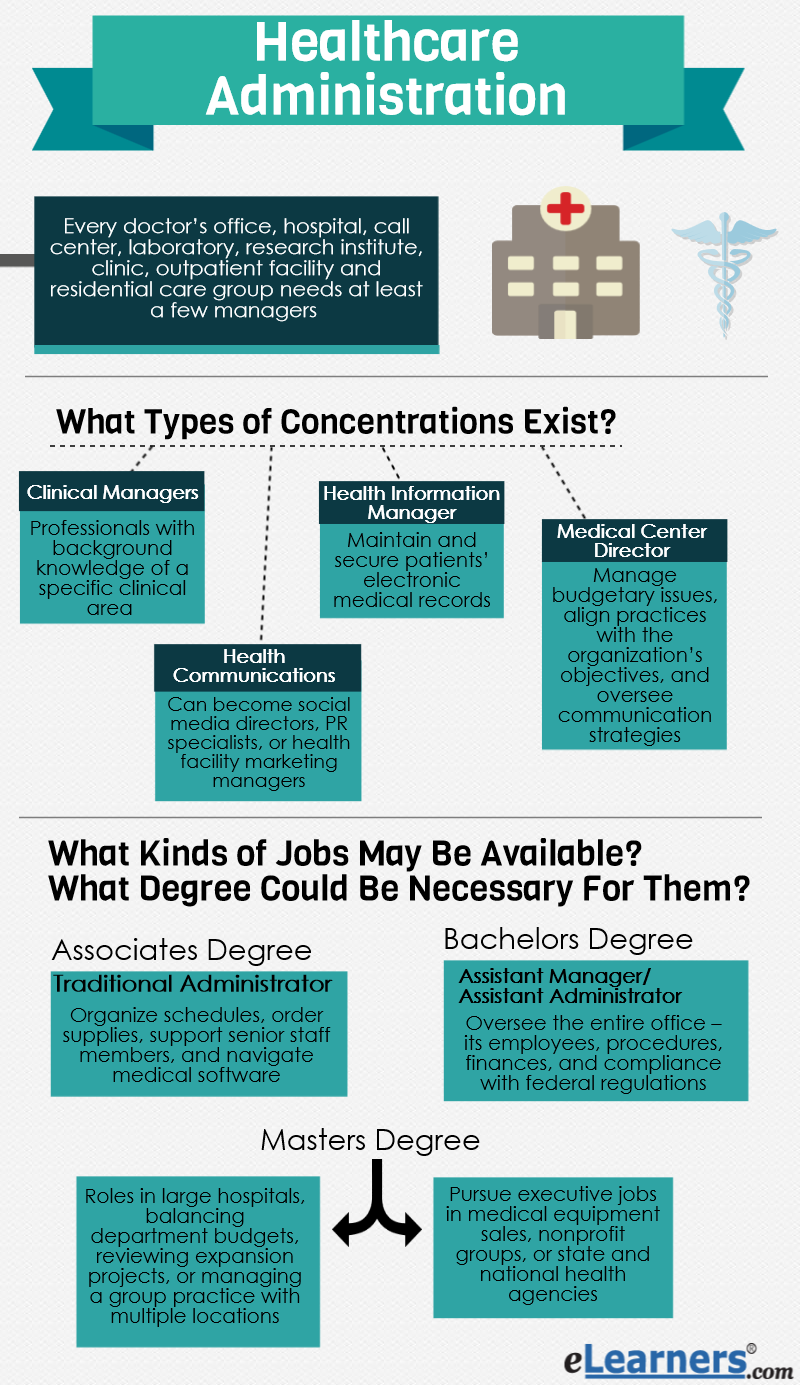We are dedicated to decreasing health disparities, which suggests ensuring all Americans have access to budget-friendly, quality health care. There is absolutely nothing more essential to pursuing the American dream than great health." All of this history has nothing to do with insurance coverage, however only with a standard human right to health care. After the very first case appeared in January, the government rapidly established a diagnostic test and has tested countless individuals free of charge. Lots Of South Koreans have actually taken benefit of drive-through testing websites. The government designated particular hospitals for COVID-19 clients and required patients looking for other treatment to check out non-COVID-19 hospitals.

Health-care system. The Australian system uses a mix of public and personal insurance coverage. The universal public health insurance program, Medicare, is funded by the federal government. It's usually considered affordable, however there are trade-offs: public medical facilities, for example, have been understood to end up being overcrowded, especially throughout health crises. About half of Australians also purchase private insurancewhich the federal government encouragesthough this proportion dips to about one-fifth at lower income levels.
In 2018, investing on health totaled 9. 3 percent of Australia's GDP. Australians paid on average around $830 in out-of-pocket health expenses in 2016. COVID-19 action. Also ranked amongst the greatest countries for epidemic preparedness and reaction, Australia has actually not been as hard-hit by the pandemic, reporting around 6,300 cases of the virus and just under sixty deaths by mid-April.
Tens of countless medical facility beds and countless medical professionals and nurses were moved out of private health centers and into public ones to relieve stress on the general public system. The nation has likewise had among the highest rates of screening per capita, averaging 10 thousand tests per day in late March.
Health-care system. Under the highly managed Dutch system, individuals are needed to purchase health insurance from private suppliers, though these typically operate as nonprofit companies. Practically all medical facilities likewise operate as nonprofits. The marketplace is controlled by 4 insurance coverage conglomerates, representing about 90 percent of enrollees. The federal government covers much of the expenses, financed through taxation.

Dutch residents pay relatively low premiums ($ 115150 monthly) and out-of-pocket costs (approximately $600 every year), and companies also make contributions. Those with lower earnings receive additional subsidies, and expenses for children are totally covered. More than 80 percent of the population buys voluntary, complementary insurance coverage to cover benefits such as https://iernenap4y.doodlekit.com/blog/entry/13659850/5-easy-facts-about-what-is-single-payer-health-care-explained dental and eye care.
An Unbiased View of A Health Care Professional Should Question The Use Of Metoclopramide For A Patient Who Is Taking
Though analysts caution that health expenses are rising faster than earnings, the system is hailed for its accessible, premium care. COVID-19 reaction. The Netherlands has a national public health institute with guidelines in location for upsurges - which of the following is a trend in modern health care across industrialized nations?. Following the institute's suggestions, Prime Minister Mark Rutte's government implemented social-distancing procedures in March, but chose against a full lockdown, arguing that a regulated spread of the infection might build resistance.
Though the rate of transmission seemed slowing, authorities cautioned that medical facilities' intensive care systems might reach capacity. Private places, including an auditorium and hotels throughout the country, have been become makeshift emergency situation centers to ease tension on health centers, which have had high rates of infection among staff.
Since April 6, the country's per capita testing was on par with that of the United States, but Get more information was far behind South Korea's. Health-care system. The United States, whose health system is a mix of private and public sources, is one of the only high-income nations that has actually not achieved universal health coverage: around 8.
The 2010 Affordable Care Act needed most Americans to have insurance coverage, but that requirement was gotten rid of by President Donald J. Trump's administration in 2019. Personal insurance coverage, whether employer-based or separately bought, represent two-thirds of the market, while the staying one-third of individuals are covered by public insurance plans including Medicare, Medicaid, and veterans' programs.
Americans invest far more on healthcare than locals of any other OECD country. People pay approximately $10,000 [PDF] yearly, and almost 17 percent of U.S. GDP was invested on health in 2018. COVID-19 response. After the United States reported its first coronavirus case in late January, the Trump administration banned travelers from China.
Despite being ranked as the most ready for a pandemic, the nation did not ramp up capability in medical facilities or considerably boost production of medical materials. Some states, such as California, implemented early lockdown procedures and had more success in curbing the infection's spread. An initial diagnostic test developed by the Centers for Disease Control and Prevention (CDC) showed to be defective, delaying screening across the country for weeks and preventing health authorities from having a precise photo of the illness's spread.
All about Which Statement About Gender Inequality In Health Care Is True?
With lots of states dealing with shortages, Trump has used emergency powers to compel personal business to manufacture ventilators for clients and masks for health-care workers. March 2020 legislation made coronavirus tests free, however expenses for treatment vary.
UHC means that all individuals and communities receive the health services they need without suffering financial challenge. which type of health care facility employs the most people in the u.s.?. It includes the complete spectrum of essential, quality health services, from health promotion to prevention, treatment, rehabilitation, and palliative care. UHC makes it possible for everyone to access the services that deal with the most considerable causes of disease and death, and ensures that the quality of those services suffices to enhance the health of individuals who get them.
Accomplishing UHC is one of the targets the nations of the world set when embracing the Sustainable Development Objectives in 2015. Nations that progress towards UHC will make progress towards the other health-related targets, and towards the other goals. Great health permits kids to discover and grownups to earn, helps people leave from poverty, and provides the basis for long-term financial advancement.
UHC is not practically health funding. It incorporates all elements of the health system: health service delivery systems, the health labor force, health facilities and communications networks, health technologies, information systems, quality control systems, and governance and legislation. UHC is not only about guaranteeing a minimum plan of health services, however also about making sure a progressive expansion of coverage of health services and financial defense as more resources appear.
UHC is consisted of a lot more than just health; taking steps towards UHC indicates steps towards equity, advancement concerns, and social addition and cohesion. Numerous nations are currently making progress towards UHC. All countries can act to move more quickly towards it, or to maintain the gains they have currently made.
Moving towards UHC requires reinforcing health systems in all nations. Robust funding structures are essential. When people need to pay most of the cost for health services out of their own pockets, the poor are frequently Substance Abuse Treatment unable to get a number of the services they require, and even the abundant may be exposed to financial difficulty in case of extreme or long-term illness.